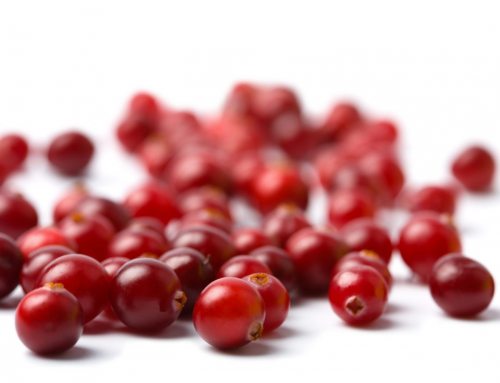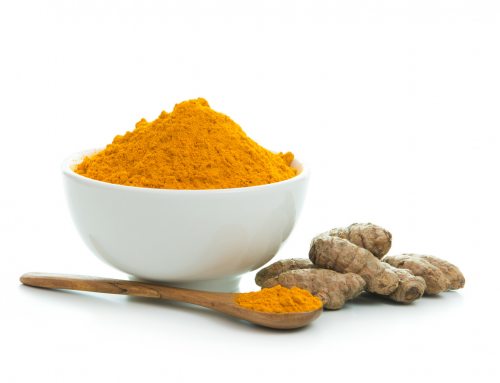Weight Loss Doesn’t Always Equal Fitness
Although proper nutrition alone can lead to weight loss, it doesn’t necessarily equal true health or fitness, says a new study in a recent issue of the official journal of the American College of Sports Medicine.
Enette Larson-Meyer, Ph.D., R.D., FACSM, directed 36 overweight (not obese) adults to participate in one of three programs during a six-month intervention: diet alone, diet plus exercise, or a weight-maintenance program (control group). The diet-only and weight maintenance groups were instructed not to change their physical activity regimens during the six-month period.
Although both the diet and diet-plus-exercise groups lost weight during the course of the study – around 10 percent of total body weight – only the exercising individuals improved their internal fitness in addition to their waistlines.
“We saw marked improvements in cardiovascular fitness, blood pressure, insulin sensitivity and cholesterol levels in the individuals who regularly exercised,” Larson-Meyer said.
The study’s findings closely align with ACSM’s Exercise is Medicine program, which calls on health care providers to include physical activity as a standard part of health care. Doing so, Larson-Meyer says, will yield a far greater return than simply dropping a jean size.
“Weight loss was a nice ‘side effect’ for these patients – but it’s the internal health improvements that will be most important to exercisers in the long run.”
Participants in the exercise group performed structured aerobic exercise – such as walking, running or stationary cycling – five days per week for around 50 minutes each session. These exercise prescriptions match ACSM’s Position Stand “Appropriate Physical Activity Intervention Strategies for Weight Loss and Prevention of Weight Regain for Adults,” which recommends at least 250 minutes per week of physical activity for weight loss.
Men in the study burned around 500 calories each exercise session and women burned around 400 – approximately 12.5 percent of their daily caloric needs. Participants were allowed to choose their own exercise type and intensity according to what activities they enjoyed, as long as the intensity level fell between 65 and 90 percent of their maximal heart rate, as recommended by ACSM’s Guidelines for Exercise Testing and Prescription.
Larson-Meyer says this self-selection was important, as “some (study participants) preferred a higher heart rate and enjoyed shorter exercise sessions, while others liked a more leisurely pace – even knowing they would have to exercise longer.”






